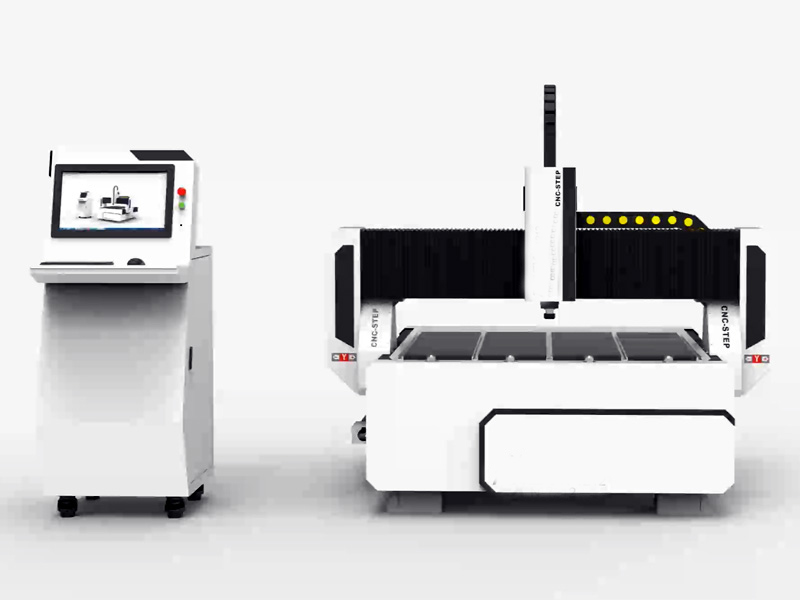Industrial automation has transformed the productivity and efficiency of production lines, raising the bar on the design and integration of industrial machine protection. In automated systems such as robots, AGVs (automated guided vehicles), or CNC machines, poorly implemented protection can cause interference, signal blockages, or damage from unforeseen friction, compromising safety and operational efficiency.

Where does the integration of industrial protection into automated machines often fail?
- Sleeves or bellows that interfere with optical or inductive sensors: This can cause erroneous readings and failure to detect obstacles or positions, affecting industrial safety for machinery.
- Elements that block cameras, code readers, or limit switches: Obstruction of these critical devices can halt entire production lines.
- Unsuitable materials for high-speed or high-precision areas: The use of materials that cannot withstand high speeds or demanding conditions can cause premature wear or even breakage of industrial equipment protection.

Keys to effective industrial protection in automated systems
To avoid interference problems and ensure maximum efficiency, industrial machinery protection must be designed taking into account the following factors:
- Obstacle-free work areas: Analyze the workspace of each robot or equipment to prevent intrusion by protective elements.
- Complete motion path and accelerations: Consider the actual movements and accelerations of the equipment to ensure that the protection does not limit its operation.
- Sensor sensitivity and operating ranges: Adapt the protection so as not to interfere with the operation of optical, inductive, or safety sensors.
- Working environment: Evaluate humidity, dust, chemical, and temperature conditions to select resistant and durable materials for technical machinery protection.
Technical materials for adapted industrial protection
Today, there are advanced materials specifically designed for automated environments:
- Antistatic materials: Reduce the buildup of static electricity, preventing damage to electronic components.
- Reflective and lightweight materials: Facilitate sensor detection and reduce the load on equipment.
- Low coefficient of friction: Minimizes wear and friction in high-speed or high-precision areas.
Coordination and experience: key to success in protecting automated machinery
Incorporating industrial protection solutions into automated systems is not an option; it’s a necessity. However, doing it correctly requires close coordination between maintenance teams, process engineering, and expert suppliers of industrial protection for automated equipment.
At LLUIS CREUS, we have decades of experience in the design and integration of customized industrial protection solutions for automated environments. Our team works closely with our clients to ensure maximum safety, efficiency, and reliability for their industrial machines.

